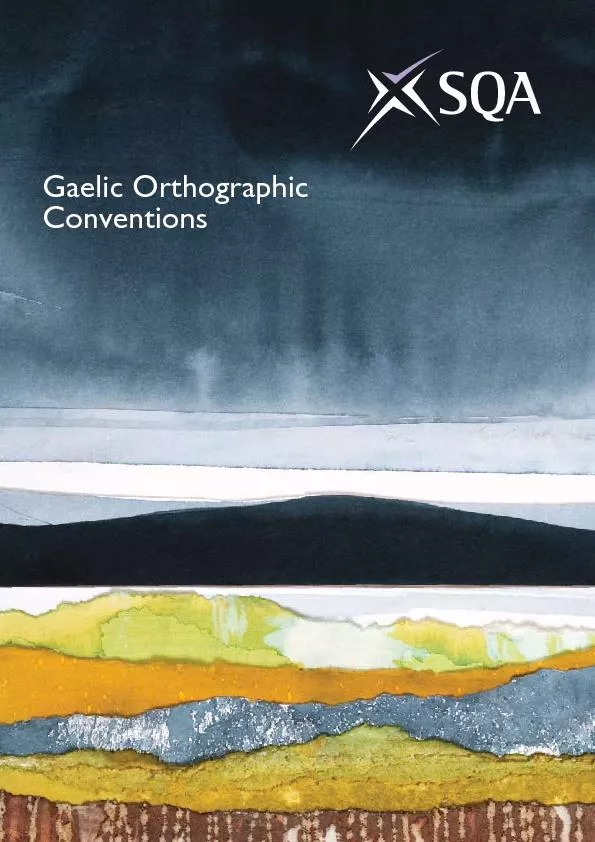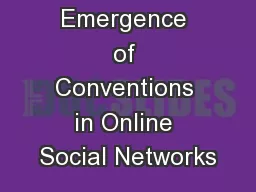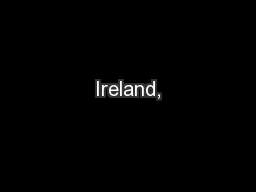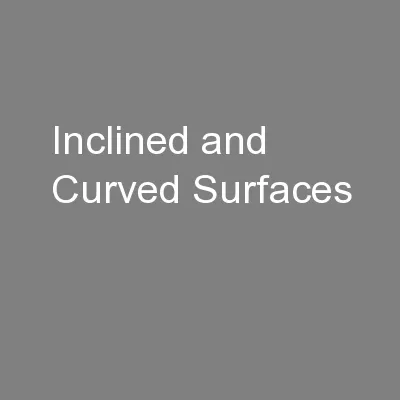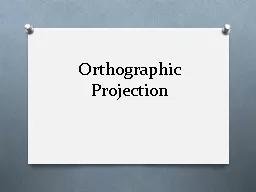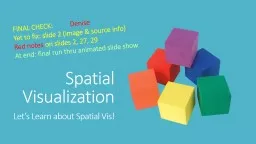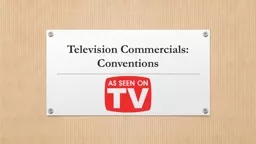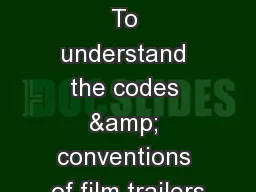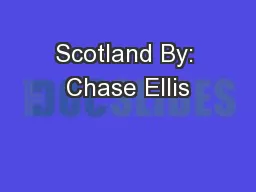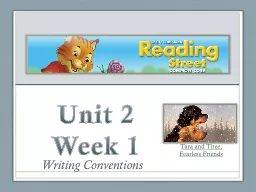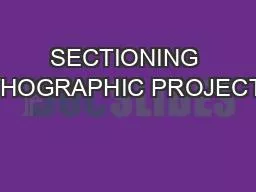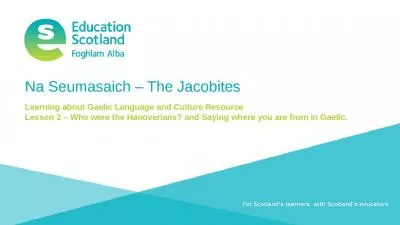PDF-Gaelic Orthographic Conventions
Author : pamella-moone | Published Date : 2016-07-03
For an uptodate list of prices visit the Publication Sales and Downloads section of SQA146s websiteThis document will be produced in alternative formats including
Presentation Embed Code
Download Presentation
Download Presentation The PPT/PDF document "Gaelic Orthographic Conventions" is the property of its rightful owner. Permission is granted to download and print the materials on this website for personal, non-commercial use only, and to display it on your personal computer provided you do not modify the materials and that you retain all copyright notices contained in the materials. By downloading content from our website, you accept the terms of this agreement.
Gaelic Orthographic Conventions: Transcript
Download Rules Of Document
"Gaelic Orthographic Conventions"The content belongs to its owner. You may download and print it for personal use, without modification, and keep all copyright notices. By downloading, you agree to these terms.
Related Documents

